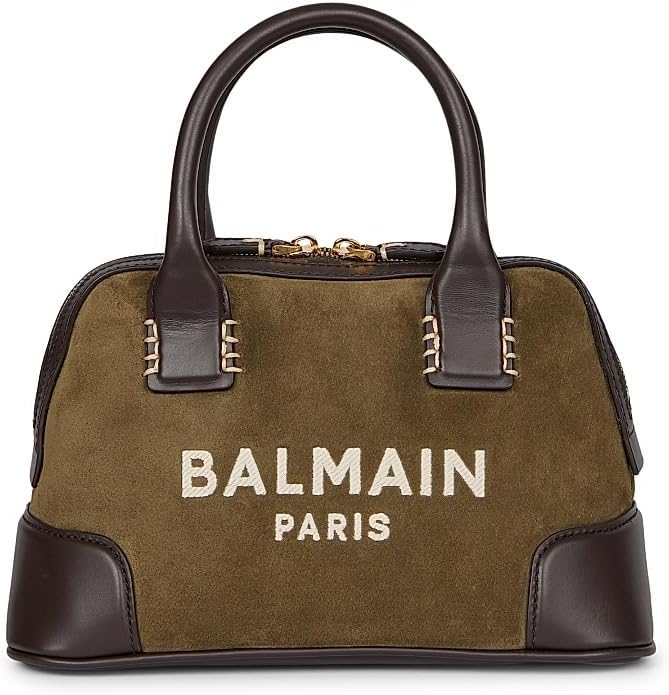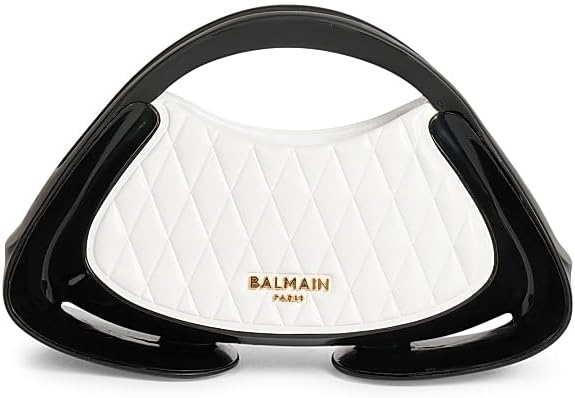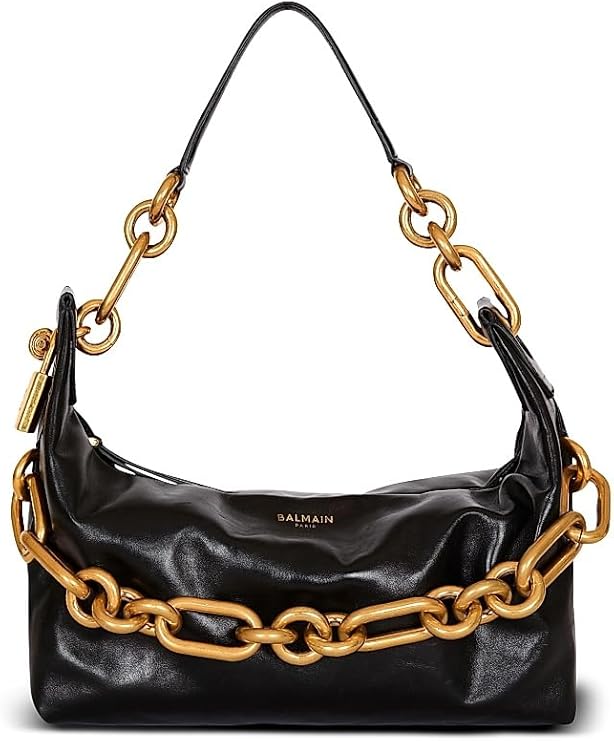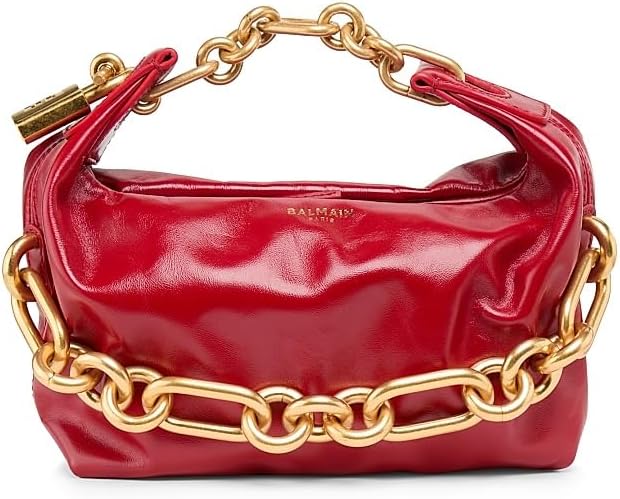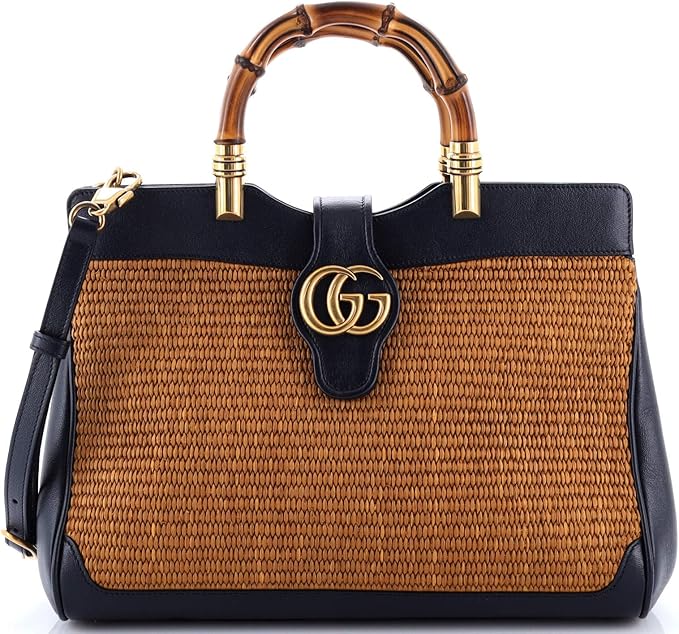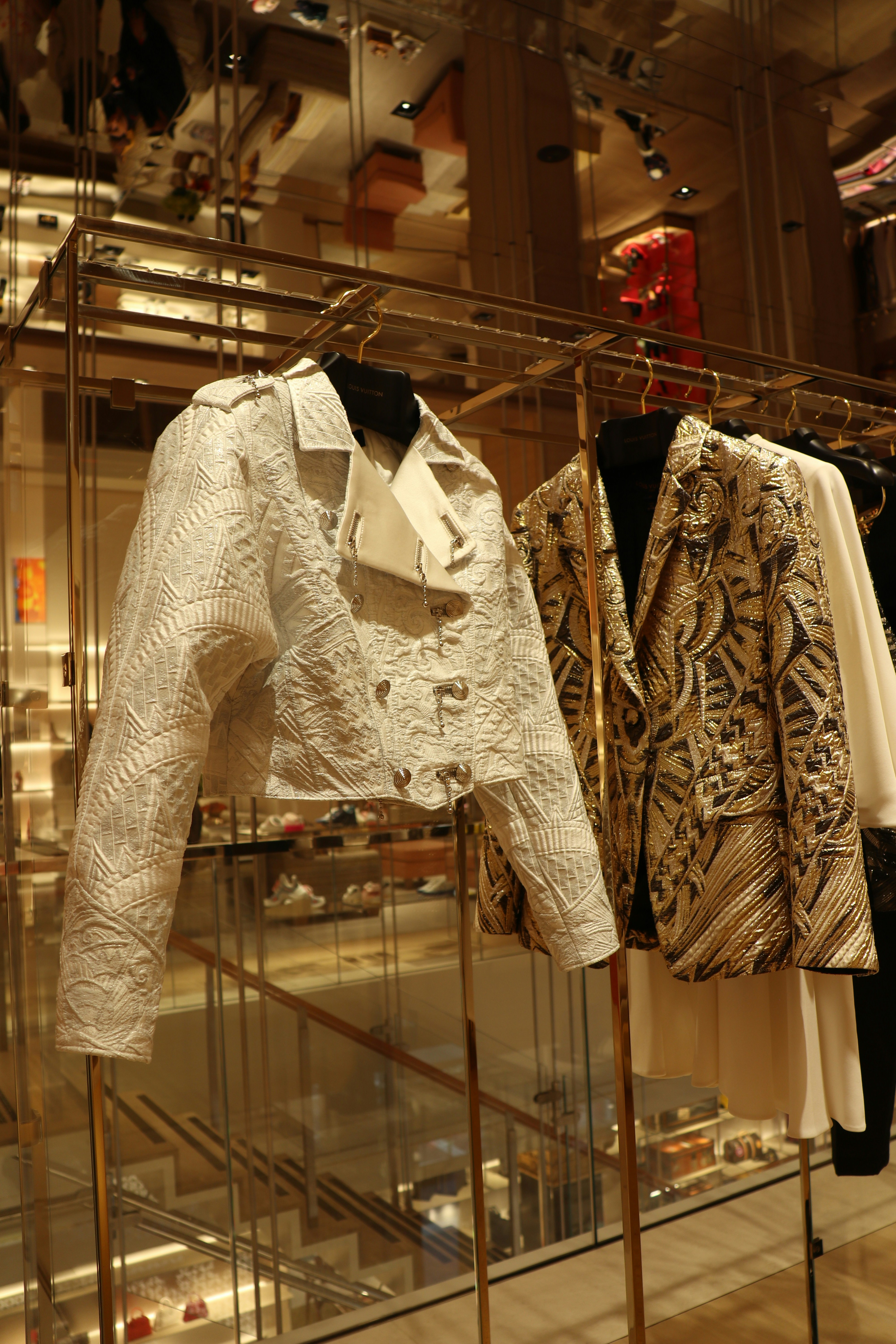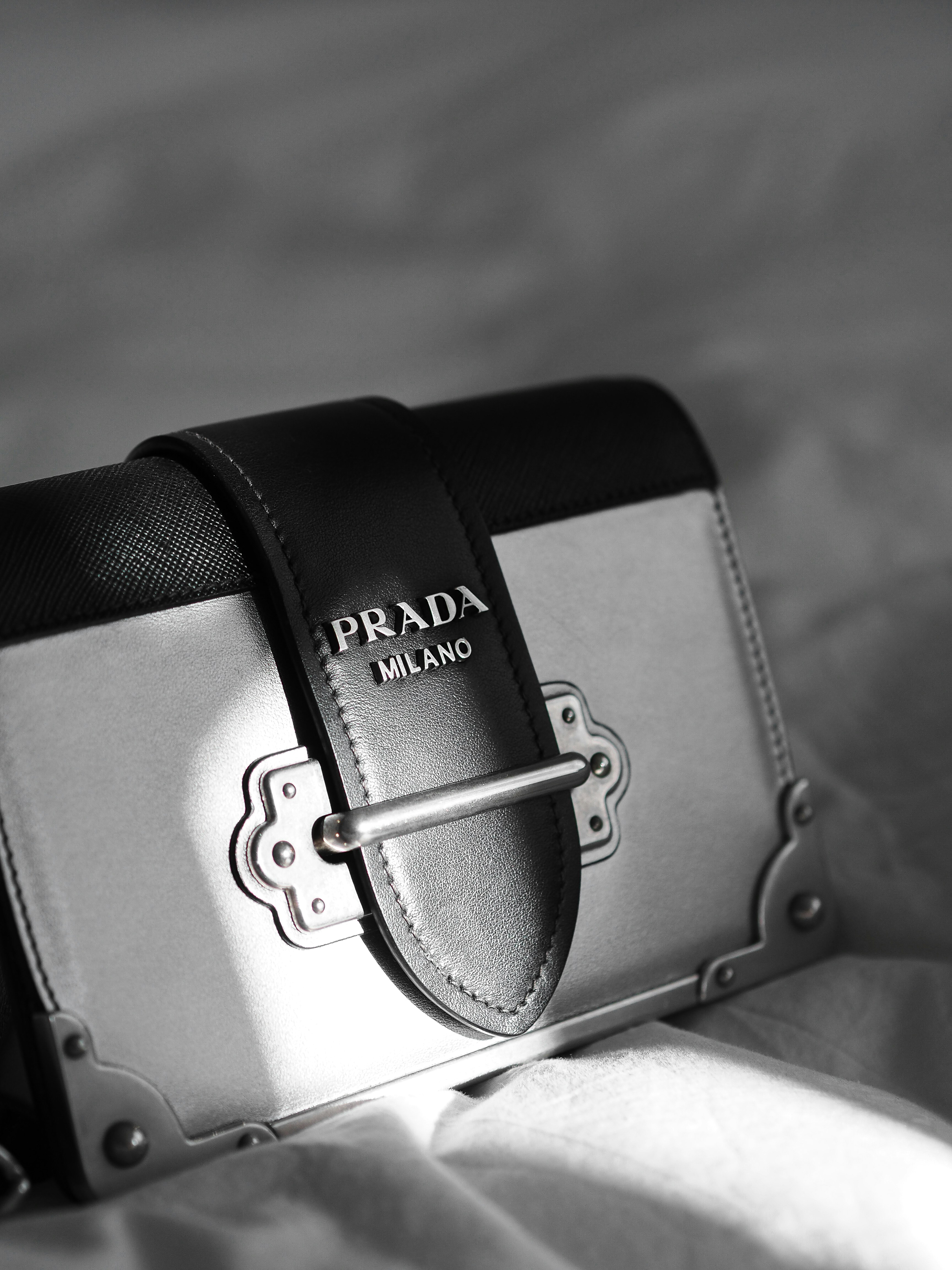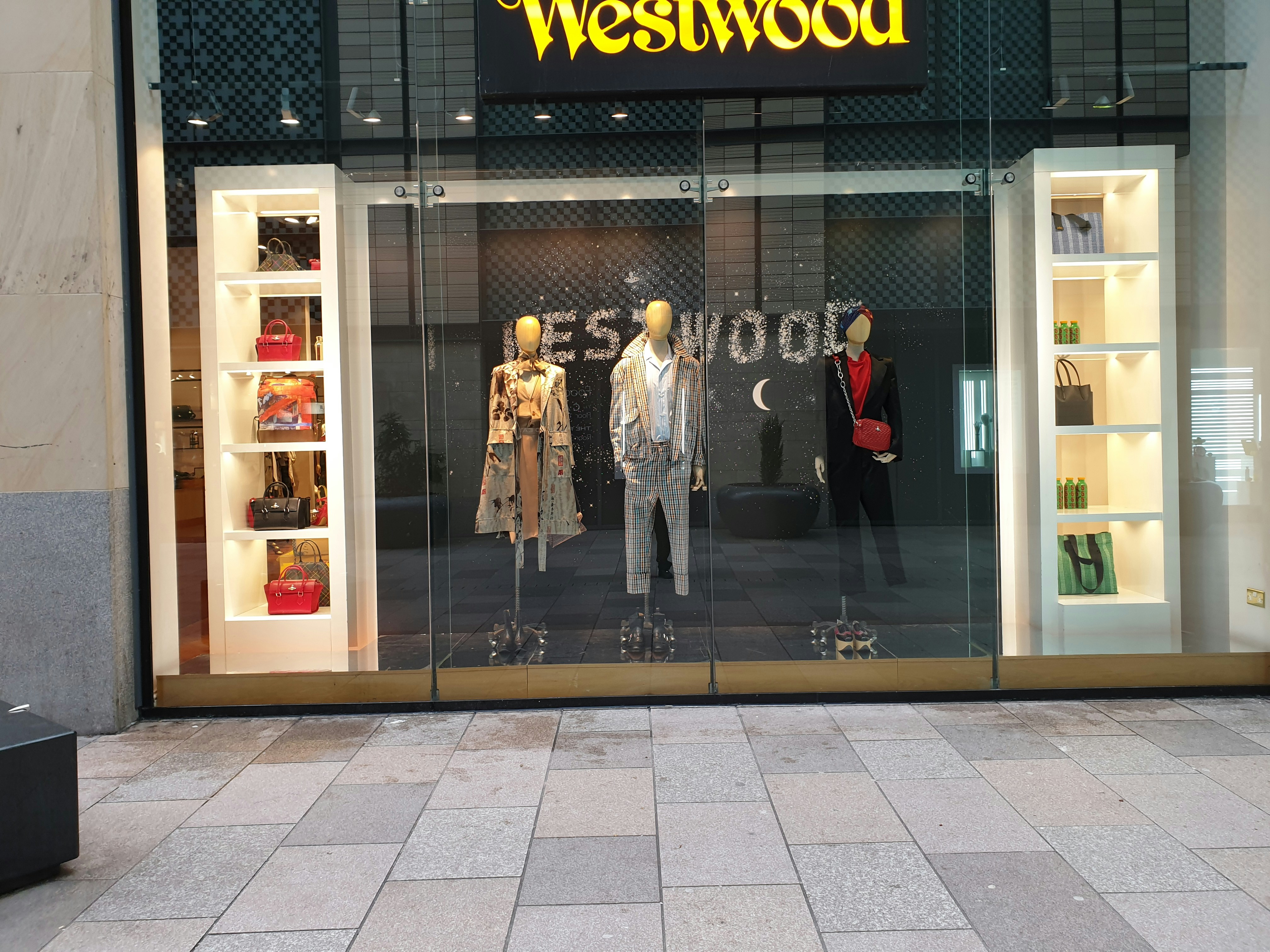The Birth of a Fashion House: Giorgio Armani in 1975
In the landscape of 20th-century fashion, the year 1975 marks a pivotal moment with the establishment of the Giorgio Armani brand. Born in 1934 in Piacenza, Italy, Giorgio Armani grew up amid the rich cultural tapestry of Italian heritage, which heavily influenced his design philosophy. Before launching his fashion house, Armani worked as a window dresser and briefly held a position at Nino Cerruti, where he honed his understanding of fabric and tailoring. This early experience was instrumental in his evolution as a designer, shaping the minimalist aesthetic for which he would become renowned.
Armani’s inaugural collections sought to break from the opulent styles that characterized the 1970s fashion scene in Italy. Instead, he introduced a new direction, emphasizing clean lines, soft silhouettes, and a neutral color palette. This distinctive approach was not only a reflection of his personal tastes but also an intentional departure from the flamboyance prevalent in the industry at that time. The concept of tailored minimalism emerged, capturing the essence of modern menswear, and resonating deeply with a generation seeking sophistication without ostentation.
The formation of the Giorgio Armani label in 1975 signified the beginning of a fashion revolution. His first men’s collection, presented during Milan Fashion Week, illustrated Armani’s belief in the versatility of menswear, showcasing pieces that combined elegance with comfort. The innovative use of unstructured jackets and lightweight fabrics was groundbreaking, setting a new standard for menswear design. By defining a unique aesthetic that balanced understated elegance and refined tailoring, Armani not only cemented his place in fashion history but also laid the groundwork for what would become a global empire, influencing countless designers and shaping the future of modern fashion.
The Philosophy of Tailored Minimalism
At the heart of Giorgio Armani’s design ethos lies the concept of tailored minimalism, a philosophy that emphasizes elegance through simplicity. This approach has fundamentally transformed the fashion landscape, establishing a benchmark for both menswear and womenswear. By prioritizing clean lines and luxurious fabrics, Armani has been able to craft collections that radiate sophistication while eschewing unnecessary embellishments. This minimalistic approach allows the inherent beauty of the fabrics to shine, presenting an image of understated luxury that appeals to the modern aesthetic.
In the realm of menswear, tailored minimalism manifests in sharply cut suits that exude confidence and professionalism. Armani’s designs often make use of soft-shouldered silhouettes, which enhance comfort while maintaining a sense of structure. This signature style not only caters to the contemporary man’s need for versatility but also merges seamlessly with various occasions, ensuring that each piece fits naturally into a well-rounded wardrobe. Each tailor-made garment encapsulates a balance between functionality and elegance, redefining traditional masculine attire.
Similarly, Armani’s approach to womenswear reflects this dedication to minimalism, where he employs flowing lines and draped fabrics to create garments that complement the female form. The result is a collection that embodies femininity without resorting to overtly elaborate designs. This strategy has endeared Armani’s creations to those who value timelessness over fleeting trends, making them suitable for diverse settings, from the corporate environment to social gatherings.
The influence of tailored minimalism extends beyond Armani’s own collections, establishing a new paradigm in the fashion industry. As emerging designers look to his work for inspiration, the principles of simplicity and sophistication continue to shape the evolution of modern style. This enduring legacy showcases how a minimalist approach can transcend time, appealing to individuals who appreciate the quiet power of elegance over ostentation.
Cinematic Suiting: The Power Suit Phenomenon
The power suit, a hallmark of Giorgio Armani’s design philosophy, revolutionized professional attire during the late 20th century. The minimalist aesthetic and elegant tailoring presented by Armani resonated with the aspirations of corporate professionals, transforming the perception of business wear into symbols of authority and success. This shift not only transformed fashion within boardrooms but also made a profound impact on popular culture, particularly in cinema.
Throughout the 1980s and 1990s, Armani’s suits became a notable presence on the silver screen, capturing the essence of confidence and sophistication. Iconic films like “Wall Street” featured the character Gordon Gekko, played by Michael Douglas, who epitomized the modern corporate warrior clad in Armani attire. The image of Gekko, with his sharply tailored suits, influenced a generation, reinforcing the concept that the right clothing could enhance one’s status and assert authority in the business realm. This cinematic representation helped solidify the power suit’s status as a cultural symbol, representing not just style, but ambition and success.
Moreover, Armani’s relationship with Hollywood extended beyond individual films. Celebrities and high-profile figures embraced his creations, further embedding the brand into the fabric of popular culture. The visual impact of stars like Richard Gere in “American Gigolo” showcased not just a character’s lifestyle but also the societal allure of the Armani aesthetic. As these characters navigated through narratives of power, wealth, and influence, their distinctive suits became essential elements that communicated their roles. Each Armani ensemble in cinematic portrayals contributed significantly to the definition of professional imagery, aligning Armani with success and modernity in the eyes of the audience.
Ultimately, the power suit phenomenon exemplified by Giorgio Armani demonstrated the intersection of fashion and film, allowing the brand to transcend mere clothing to become an enduring symbol of aspiration and professionalism.
Giorgio Armani’s Lasting Legacy in Fashion
Giorgio Armani has undeniably left an indelible mark on the fashion industry, shaping the landscape of modern tailoring with his ethos of minimalist elegance. From the inception of his brand in 1975, Armani championed a vision that merged functionality with aesthetic appeal, which laid the groundwork for contemporary styles favoring sophistication over extravagance. His groundbreaking approach not only revolutionized the way clothing is designed but also how it is perceived by society, making tailored garments accessible and desirable for a wider audience.
Armani’s influence can be seen in the designs of various fashion houses that followed, as many adopted his principles of simplicity, clean lines, and understated luxury. The iconic Armani suit became synonymous with confidence, enhancing not just personal style but also the way men presented themselves in professional settings. More than just clothing, these designs encapsulated a lifestyle that resonated with consumers, paving the way for a cultural shift where tailored minimalism became a hallmark of sophistication.
As fashion evolves, the relevance of Armani’s vision remains pertinent. Current trends often echo his original ideas, seen in various high-end collections that emphasize tailored fits and timeless designs. Emerging designers frequently cite Armani as a foundational influence, illustrating his position as a beacon of inspiration in the industry. The principles of tailored minimalism that he championed continue to resonate, shaping contemporary fashion narratives and inviting new interpretations that honor his legacy.
In the rapidly changing world of style, Armani’s approach serves as a compass for both established fashion houses and new talents. His enduring impact on tailoring and modern aesthetics guarantees that his contributions will be woven into the fabric of fashion for generations to come, reinforcing the significance of simplicity and elegance in style.


